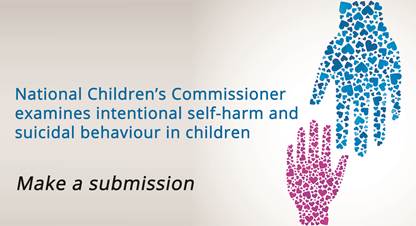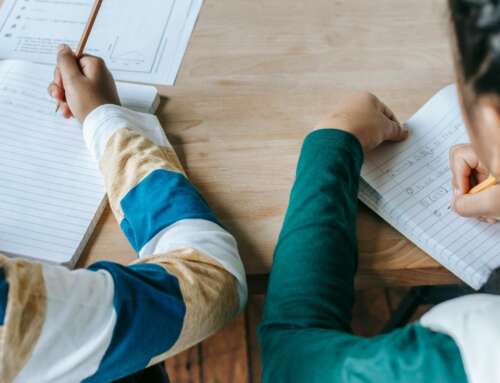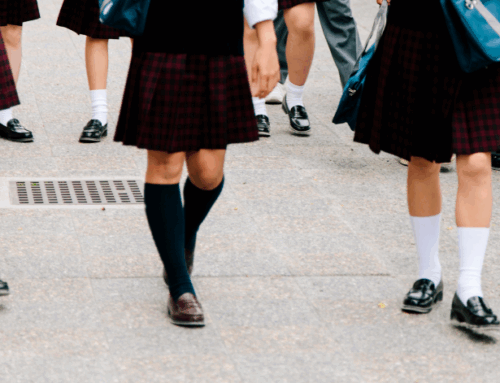 The National Children’s Commissioner is examining how children and young people under 18 years can be better protected from intentional self-harm and suicidal behaviour. Article 6 of the Convention on the Rights of the Child gives to every child the inherent right to life.[i] United Nations guidelines for periodic reports to the Committee on the Rights of the Child specifically asks for information on measures taken to prevent suicide and other relevant issues affecting the right to life, survival and development of children and young people.[ii]
The National Children’s Commissioner is examining how children and young people under 18 years can be better protected from intentional self-harm and suicidal behaviour. Article 6 of the Convention on the Rights of the Child gives to every child the inherent right to life.[i] United Nations guidelines for periodic reports to the Committee on the Rights of the Child specifically asks for information on measures taken to prevent suicide and other relevant issues affecting the right to life, survival and development of children and young people.[ii]
Intentional self-harm and suicidal behaviour in children and young people is a serious issue in Australia and overseas.[iii] [iv] The latest available data from 2012 shows that intentional self-harm was the leading cause of death among Australian children and young people aged 15 to 24.[v]
According to Australian hospital statistics about incidents involving intentional self-harm in the year 2011-12, there were 2,855 incidents involving males aged 15 to 24, and 7,154 incidents involving females in the same age bracket.[vi] For children aged 5 to 14, no data was provided for males[vii] and there were 690 incidents involving females.[viii]
Submissions are being sought from interested individuals, government, private, and non-government organisations, on the issue of children and young people under 18 years engaging in intentional self-harm and suicidal behaviour. Of particular interest is:
- What are the main reasons children and young people engage in intentional self-harm and suicidal behaviour?
- What factors appear to contribute to contagion and clustering involving children and young people?
- What prevents children and young people from seeking help?
- What are the features of programs and practices that more effectively target and support children and young people who engage intentional self-harm and suicidal behaviours?
- Are public education campaigns aimed at reducing the number of children who engage in intentional self-harm and suicidal behaviour an effective strategy?
- How can digital technologies and media assist in preventing and responding to intentional self-harm and suicidal behaviour among children and young people?
Unless the person making the submission requests that it not be made public or the Australian Human Rights Commission considers it should not be made public.
Submissions should be made by Monday 2 June 2014, preferably electronically to nccsubmissions@humanrights.gov.au with the subject title SUBMISSION, or otherwise in writing to GPO Box 5218 Sydney NSW 2000.
For more details, please click here: Intentional self-harm and suicidal behaviour in children.
[i] Convention on the Rights of the Child, opened for signature 20 November 1989, 1577 UNTS 3 (entered into force 2 September 1990), art 6. At http://www.ohchr.org/en/professionalinterest/pages/crc.aspx (viewed 11 April 2014).
[ii] Committee on the Rights of the Child, Treaty-specific guidelines regarding the form and content of periodic reports to be submitted by States parties under article 44, paragraph 1(b), of the Convention on the Rights of the Child UN Doc CRC/C/58/Rev.2 (2010), para 26. At http://tbinternet.ohchr.org/_layouts/treatybodyexternal/Download.aspx?key=92g0+9FnI5fX/ePqHxWObMdE63qlOjiuLKDV/BafkP+XV86EGNR9fgW9SFw/mAZV&Lang=en (viewed 11 April 2014).
[iii] P McNamara, ‘Adolescent suicide in Australia: Rates, risk and resilience’ (2013) 18(3) Clinical Child Psychology and Psychiatry351, p 354.
[iv] D De Leo and K Kolves, Trends and predictors of suicide in Australian children, Australian Research Council Linkage Project (2014). At http://research-hub.griffith.edu.au/display/n20c651b2962cd9c72fab02cec0a62b1b (viewed 11 April 2014).
[v] Australian Bureau of Statistics, Causes of Death, Australia, 2012, Catalogue Number 3303.0 (2014), table 1.3, line 40. Athttp://www.abs.gov.au/ausstats/abs@.nsf/detailspage/3303.02012?opendocument (viewed 11 April 2014).
[vi] Australian Institute of Health and Welfare, Australian hospital statistics 2011-12, National tables for external causes of injury or poisoning (part 1), Catalogue Number HSE 134 (2013), tables 3 and 4. At http://www.aihw.gov.au/publication-detail/?id=60129543133&tab=3 (viewed 11 April 2014).
[vii] Australian Institute of Health and Welfare, note 6, table 3, line 15.
[viii] Australian Institute of Health and Welfare, note 6, table 4, line 15. [viii] Convention on the Rights of the Child, opened for signature 20 November 1989, 1577 UNTS 3 (entered into force 2 September 1990), art 6. Athttp://www.ohchr.org/en/professionalinterest/pages/crc.aspx (viewed 11 April 2014).
[viii] Committee on the Rights of the Child, Treaty-specific guidelines regarding the form and content of periodic reports to be submitted by States parties under article 44, paragraph 1(b), of the Convention on the Rights of the Child UN Doc CRC/C/58/Rev.2 (2010), para 26. At http://tbinternet.ohchr.org/_layouts/treatybodyexternal/Download.aspx?key=92g0+9FnI5fX/ePqHxWObMdE63qlOjiuLKDV/BafkP+XV86EGNR9fgW9SFw/mAZV&Lang=en (viewed 11 April 2014).
[viii] P McNamara, ‘Adolescent suicide in Australia: Rates, risk and resilience’ (2013) 18(3) Clinical Child Psychology and Psychiatry351, p 354.
[viii] D De Leo and K Kolves, Trends and predictors of suicide in Australian children, Australian Research Council Linkage Project (2014). At http://research-hub.griffith.edu.au/display/n20c651b2962cd9c72fab02cec0a62b1b (viewed 11 April 2014).
[viii] Australian Bureau of Statistics, Causes of Death, Australia, 2012, Catalogue Number 3303.0 (2014), table 1.3, line 40. Athttp://www.abs.gov.au/ausstats/abs@.nsf/detailspage/3303.02012?opendocument (viewed 11 April 2014).
[viii] Australian Institute of Health and Welfare, Australian hospital statistics 2011-12, National tables for external causes of injury or poisoning (part 1), Catalogue Number HSE 134 (2013), tables 3 and 4. At http://www.aihw.gov.au/publication-detail/?id=60129543133&tab=3 (viewed 11 April 2014).
[viii] Australian Institute of Health and Welfare, note 6, table 3, line 15.
[viii] Australian Institute of Health and Welfare, note 6, table 4, line 15.







Leave A Comment